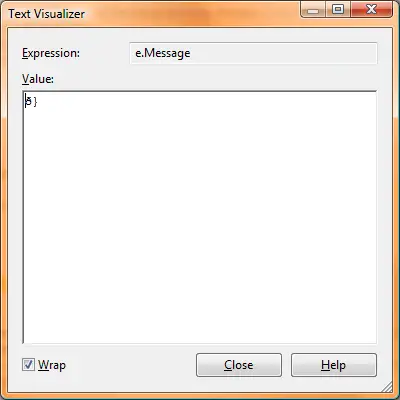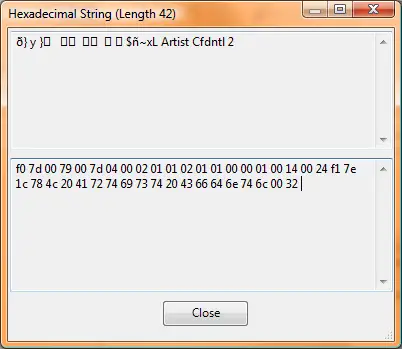Today was the Microsoft “launch event” for Visual Studio and Server 2008. I attended the local presentation and walked away with a free copy of Vista Ultimate and Visual Studio 2008. It was free to attend and I got $600 worth of software out of the deal. How can you beat that? Sure the presentations weren’t very relevant to the types of development I do (all they talked about were database-driven development, MS Office add-in development, and ASP.NET web development, all of which I don’t have any involvement in.)
I may or may not switch development of Basternae 3 to VS2008 right away and probably won’t start using Vista until my next PC upgrade, but it still feels nice to get free stuff.





